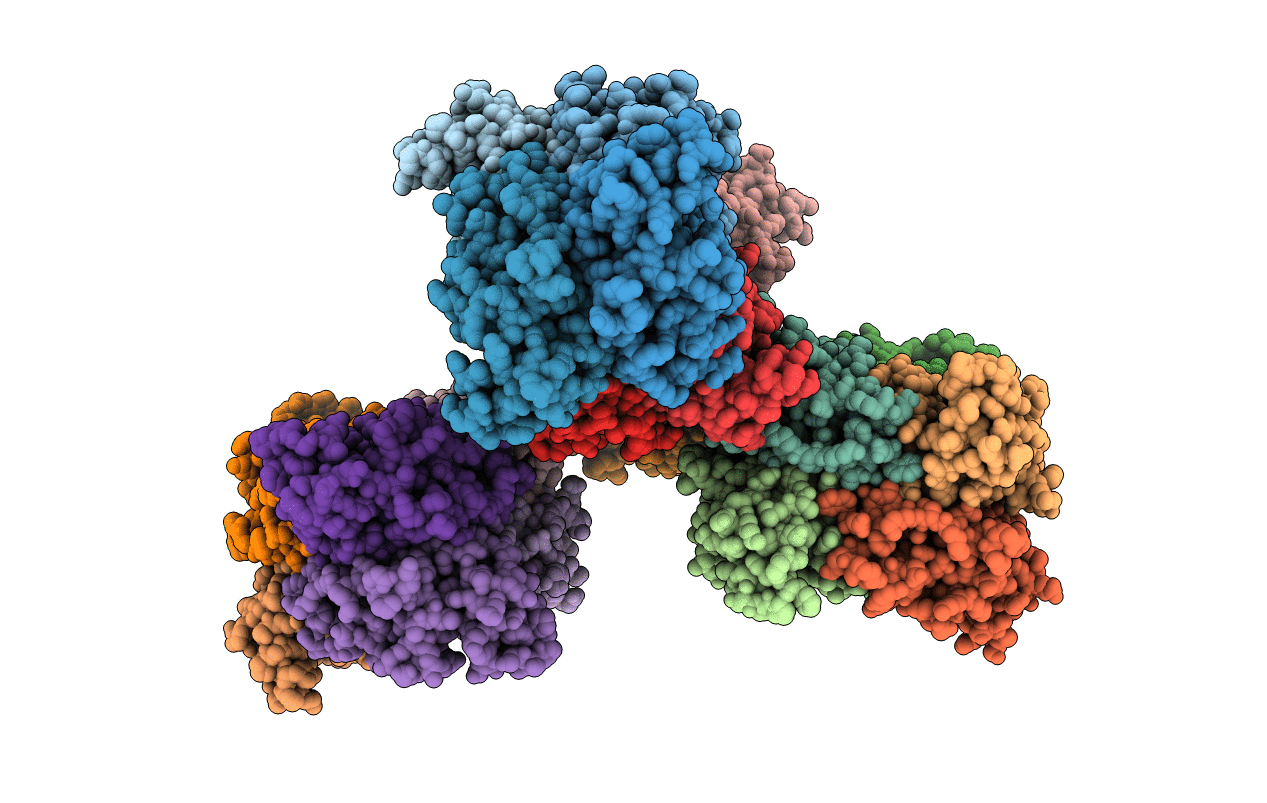
Deposition Date
2019-05-18
Release Date
2019-07-03
Last Version Date
2023-11-22
Entry Detail
PDB ID:
6K3H
Keywords:
Title:
Crystallographic Analysis of Nucleoside Diphosphate Kinase (NDK) from Aspergillus Flavus
Biological Source:
Source Organism:
Host Organism:
Method Details:
Experimental Method:
Resolution:
2.18 Å
R-Value Free:
0.28
R-Value Work:
0.23
R-Value Observed:
0.23
Space Group:
C 1 2 1


